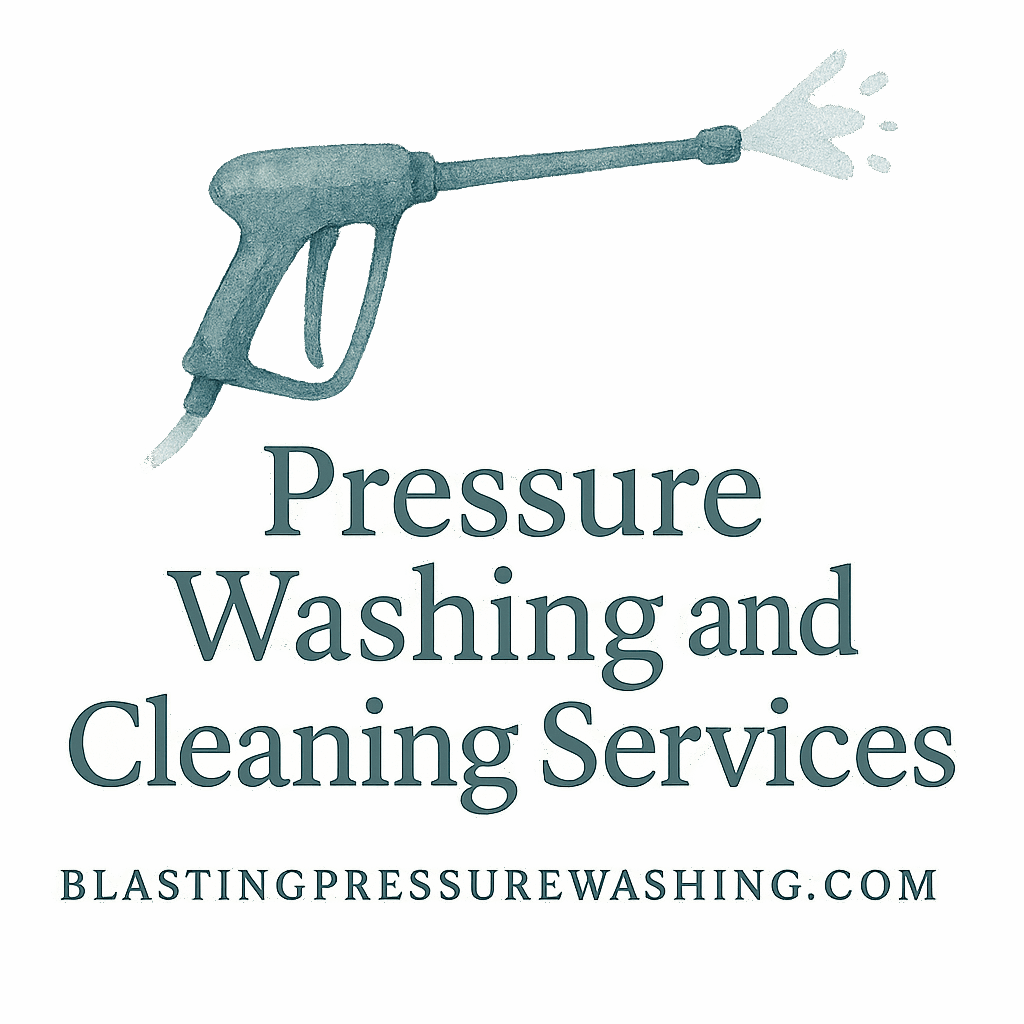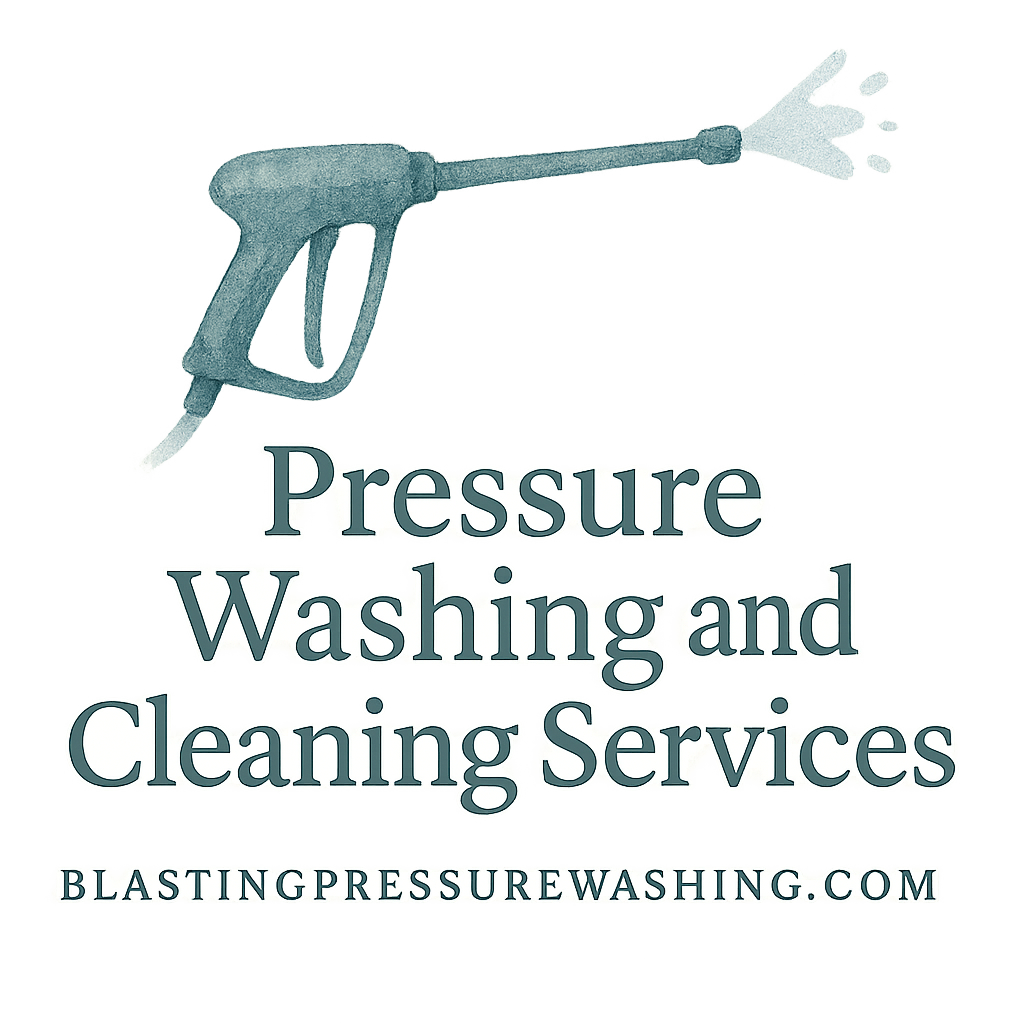What is Pressure Washing?
Pressure washing is a powerful cleaning technique that uses high-pressure water to remove dirt, grime, mold, and other contaminants from various surfaces. Commonly used for cleaning exteriors of homes, driveways, decks, patios, and even commercial properties, pressure washing is an efficient method. However, the powerful equipment involved also brings several risks, making safety a top priority.
In this article, we’ll dive into the eight most common safety hazards that come with pressure washing and how you can prevent them, ensuring a safe and effective cleaning experience.
Why Is Safety Important in Pressure Washing?
Pressure washing may seem like a simple task, but the equipment involved can be dangerous if not used properly. High-pressure water can cause serious injuries, and the chemicals used can be harmful. There’s also the risk of slipping, falling, and electrical accidents. Proper safety measures are essential to protect not only the person performing the cleaning but also those nearby.
A lack of safety awareness can lead to accidents that might have long-term consequences, both for health and legal matters. Whether you’re using pressure washing tools for residential purposes or commercial cleaning, understanding and mitigating these risks are vital.
Common Safety Hazards in Pressure Washing
Now that we know why safety is important, let’s dive into the specific safety hazards in pressure washing and how to prevent them.
1. High-Pressure Water Injury
High-pressure water can be dangerous, and improper handling can lead to serious injuries, such as puncture wounds or even broken skin. A direct blast of water can break through clothing and cause tissue damage, especially when the pressure is set too high or the nozzle is too close to the skin.
How to Prevent It:
- Maintain a safe distance: Always keep the nozzle at least 12 inches away from surfaces and your body.
- Use the correct pressure: Adjust the pressure settings based on the surface being cleaned to avoid excessive force.
- Don’t point the nozzle at yourself or others: Never aim the nozzle at yourself or others, even if the pressure seems low.
- Wear protective gloves and boots: These can offer an extra layer of protection against accidental sprays.
2. Electrical Hazards
When you’re working with water, especially near electrical sources, there’s always the potential for an electrical hazard. This is especially true when pressure washers are being used outdoors, around outlets, or on wet surfaces.
How to Prevent It:
- Use ground-fault circuit interrupters (GFCIs): Always connect your pressure washer to a GFCI outlet to avoid electrical shocks.
- Inspect equipment regularly: Check for frayed cords, exposed wires, or any signs of wear and tear before each use.
- Keep power lines in mind: Always be aware of nearby power lines and avoid using the pressure washer close to them.
3. Slips and Falls
Water can create slippery surfaces, increasing the risk of slips and falls during pressure washing. Whether you’re standing on a wet deck or working on a sloped driveway, losing your balance is a real danger.
How to Prevent It:
- Wear non-slip footwear: Choose shoes or boots that provide a firm grip on wet surfaces.
- Ensure proper footing: Always work on stable, dry ground when possible. Avoid standing on ladders or scaffolding without proper safety measures.
- Mark off the work area: Use cones or safety tape to keep others away from the work area.
4. Eye Injuries
Pressure washing can cause debris to fly up and hit you in the eyes. From pebbles to small bits of dirt, there’s a lot of potential for eye injury, which can range from mild irritation to severe damage.
How to Prevent It:
- Wear protective goggles: Always wear safety goggles or face shields that are designed for high-impact activities.
- Be cautious of wind: Wind can carry debris, so avoid pressure washing on windy days or when facing the direction of flying particles.
5. Chemical Exposure
Many pressure washers use detergents and cleaning chemicals to assist in the cleaning process. These chemicals can be toxic if they come into contact with your skin or are inhaled. Long-term exposure to some of these chemicals may also have detrimental health effects.

How to Prevent It:
- Use eco-friendly chemicals: Opt for non-toxic, biodegradable cleaning agents that are safer for both the user and the environment.
- Wear gloves and protective clothing: Always wear gloves and long sleeves to protect your skin from harmful chemicals.
- Follow safety instructions: Always read the labels and safety instructions of any chemicals you use.
6. Repetitive Strain Injuries (RSIs)
Pressure washing often involves repetitive motions, which can lead to overuse injuries, particularly in the wrists, shoulders, and lower back. Holding the pressure washer wand for long periods can cause discomfort and strain.
How to Prevent It:
- Take regular breaks: Avoid continuous use of the pressure washer. Take breaks to stretch your muscles and relieve pressure.
- Alternate hands: Switch hands periodically to avoid overloading one side of your body.
- Use ergonomic equipment: Consider using adjustable wands that reduce strain on your arms and back.
7. Loud Noise Exposure
Pressure washers can produce loud noise, especially commercial-grade machines. Long-term exposure to high noise levels can lead to hearing loss.
How to Prevent It:
- Wear ear protection: Use earplugs or noise-canceling headphones to protect your hearing from prolonged exposure.
- Take breaks: Step away from the noise periodically to give your ears a rest.
8. Inhalation of Dust and Debris
During pressure washing, debris such as dust, mold, and other particles can become airborne. Inhaling these particles can cause respiratory problems, especially if you’re working in an area with mold or mildew.
How to Prevent It:
- Wear a respirator: Use a mask or respirator designed to protect against airborne particles.
- Work in well-ventilated areas: Ensure that the area you’re working in is open and has adequate airflow to minimize inhalation of dust and chemicals.
Preventing Pressure Washing Hazards
Now that we’ve explored the common safety hazards, let’s look at how to prevent them. Taking the necessary precautions can greatly reduce the risks involved with pressure washing and help you perform the job safely and effectively.
Proper PPE (Personal Protective Equipment)
The right safety gear is essential for any pressure washing job. It protects you from injury and ensures that you’re prepared for any


